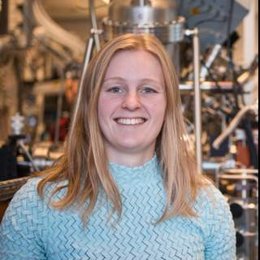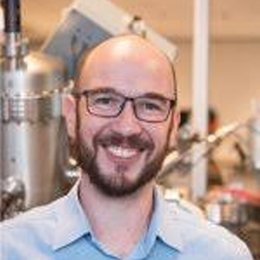The first scientific article on the Dutch research facility Operando HAXPES has been published in the prestigious journal Science Advances. The publication marks an important milestone for research into materials used in applications such as catalysis, batteries, solar cells, and hydrogen technologies.
The facility is located at the University of Twente, in the NanoLab of the MESA+ Institute, and enables researchers to study materials while they are actually performing at their operating conditions. For example, how do catalyst surfaces change during operation?
With Hard X-ray Photoelectron Spectroscopy (HAXPES), researchers can probe about one hundred atomic layers below the surface, instead of just a few layers in regular Photoelectron Spectroscopy.
In the Operando HAXPES, researchers can now measure how their materials behave in real time and under realistic conditions such as heat, gas pressure or applied voltage. Such operando measurements were previously only possible at large-scale international facilities (such as synchrotrons), but are now available for the first time in the Netherlands, in a lab-scale setup.
According to Prof. Gertjan Koster, these insights go beyond academic interest: “Such insights can directly influence how we design and synthesise future materials. By understanding not just what a material is, but how it changes during operation, we can make them more robust and efficient—for applications in the energy transition and green chemistry."
The development of the Operando HAXPES facility was funded by the Dutch Research Council (NWO), and the new user facility is open to researchers all around the Netherlands and beyond.
Read the full publication: Laboratory-based in situ and operando tri-color X-ray photoelectron spectroscopy







